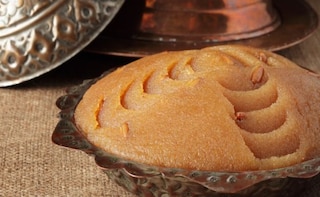Even before I first tasted it, I was fascinated by the Turkish Delight. That was in part due to my fascination with Lord Peter Wimsey, Dorothy Sayer's partying, suave, upper-class gentleman detective, who plays cricket, plays the piano and has an abiding interest in food and drink. In one of the murder mysteries he solves-to try and clear the name of a woman he loves-Wimsey makes us acquainted with Turkish Delight. It features pretty prominently in the case. And I am sure, even those sections of English society who did not find Wimsey himself exotic, would have been unutterably seduced by the sweetmeat.
Advertisement
Advertisement
Advertisement
Advertisement
For the latest food news, health tips and recipes, like us on Facebook or follow us on Twitter and YouTube.
Advertisement
